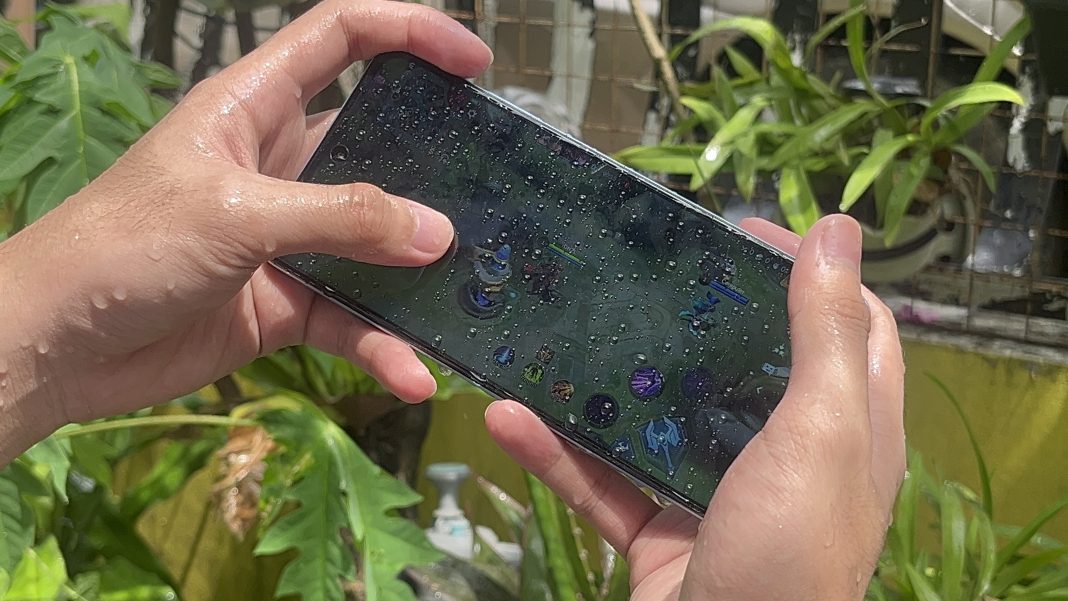In the Philippines, the wet season begins as early as June. The heavy rainfalls begin in July, this is caused by the southwest monsoon, or locally known as “Habagat.”
And when he arrives on the tropical shores of the country, Filipinos experience frequent and often intense rainfall.
To better prepare for the rainy season, PhilSTAR Tech will explain what “IP ratings” are. We usually see this in almost every gadget we buy. But what does it actually mean, and how well-protected are your devices?
IP, or Ingress Protection, ratings are two-digit codes that determine the durability of electronic devices in different kinds of environment. The ratings dictate the measure of your devices’ protection against solid objects and liquids
The first digit indicates for a device’s protection against solids (ranging from 0 to 6), while the second digit indicates protection against liquids (ranging from 0 to 9).
The principle is: the higher the number, the better the protection. To know the level of your device’s protection against dusts (solids). Here’s a simplified breakdown:
IP0X: At this level, the device has no protection against contact or any object.
IP1X: This level has protection against objects bigger than 50 mm. An example would be somebody’s hand.
IP2X: This level states protection against objects larger than 12.5 mm. An example would be somebody’s finger.
IP3X: This level indicates your device’s protection from objects bigger than 2.5 mm. Examples would be thick wires or tools.
IP4X: This level indicates protection from objects larger than 1 mm, such as small screws, ants, and other insects.
IP5X: This level indicates limited protection against dust. Limited means it can only take a certain amount to dust or any foreign material exposure.
Now, let’s delve into the details of the second digit of the IP rating, which indicates how well a device is protected against water intrusion.
IPX0: No protection at all. It means that your device is not meant to be used in wet or damp conditions.
IPX1: This means that your device is protected against water droplets, and it can be used in places explosed to light rain or condensation.
IPX2: This level means that your device has protection against vertically dripping water when tilted up to 15 degrees. Like the first one, it can be exposed to light rain.
IPX3: This level indicates protection against spraying water at an angle up to 60 degrees. Devices with this rating can be used in environments where water-spraying is usual.
IPX4: This level means your device has protection against splashing water. Devices with this rating, like some kitchen appliances or outdoor lighting, can make it out safe in places explosed to splashing water from any direction.
IPX5: Your device has protection against water jets, or any water projected by nozzle, from any direction. This rating is commonly found in garden tools and certain kitchen exquipment.
IPX6: This means that your device has protection against strong water projection of water jest with 12.5 nozzles. This level is already pretty high. That’s why devices like marine electronics and outdoor cameras are safe when exposed to heavy rains.
Why is knowing a device’s IP rating important?
The confidence in devices as a consumer is important. IP ratings can help one make informed decisions that are based on one’s need and usage. Water and dust damage can be scary if one is poorly informed.
Aside from knowing how to prolong a device’s usage longevity, correct information on IP rating can also help one to safety. At a time and season like this, it is highly important to ensure that their devices remain functional and safe in the presence of water.
With that, always check the IP rating to make sure that your device can meet specific needs and can stand unpredictable changes in the environment.




